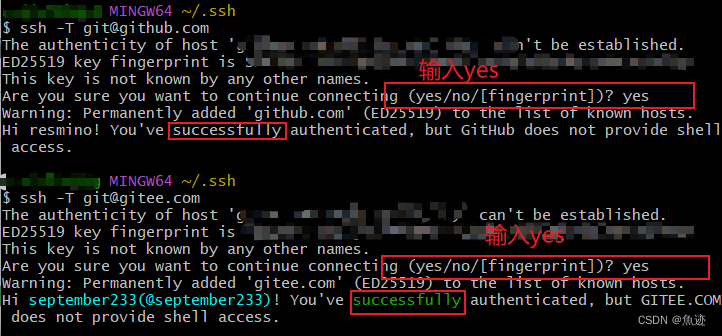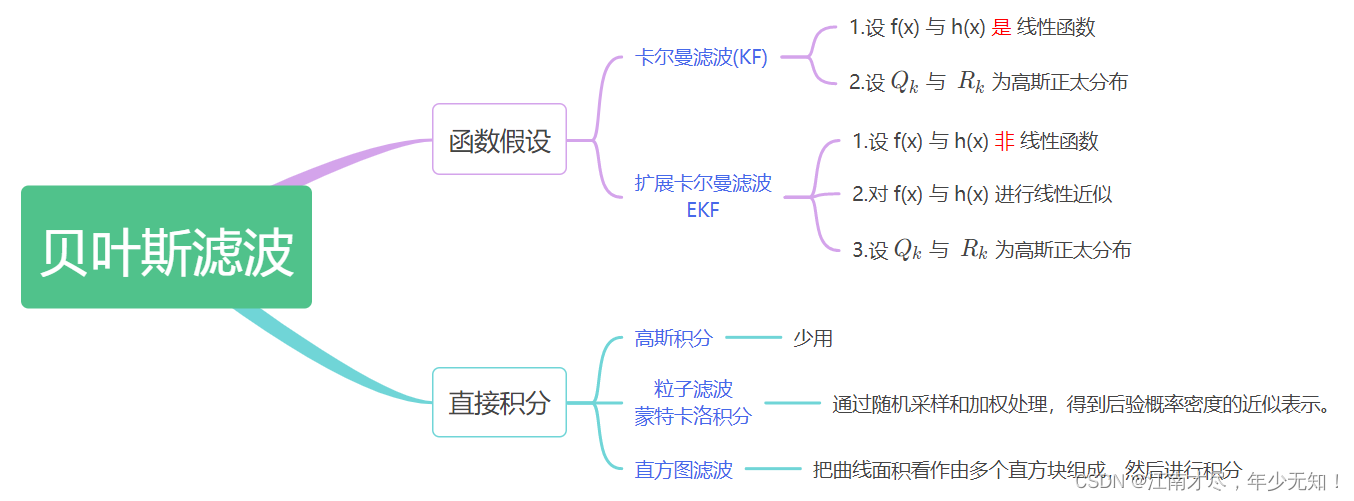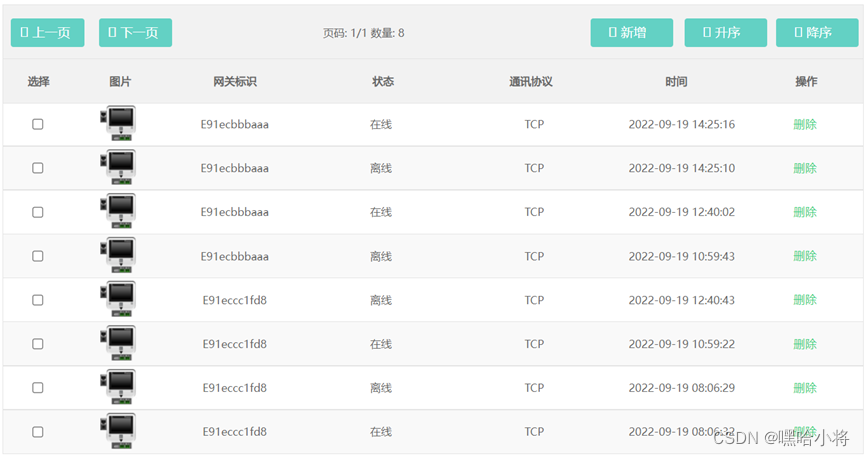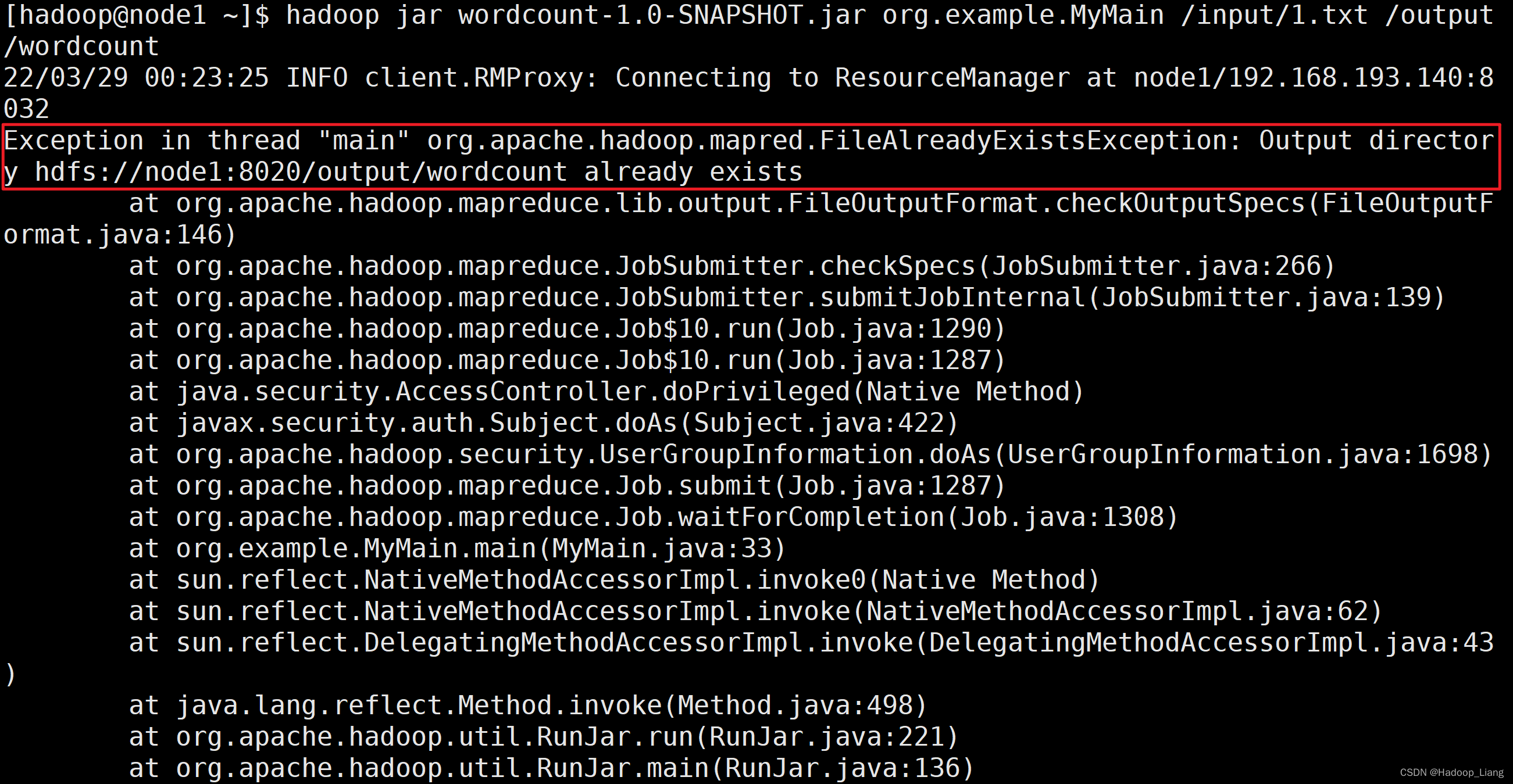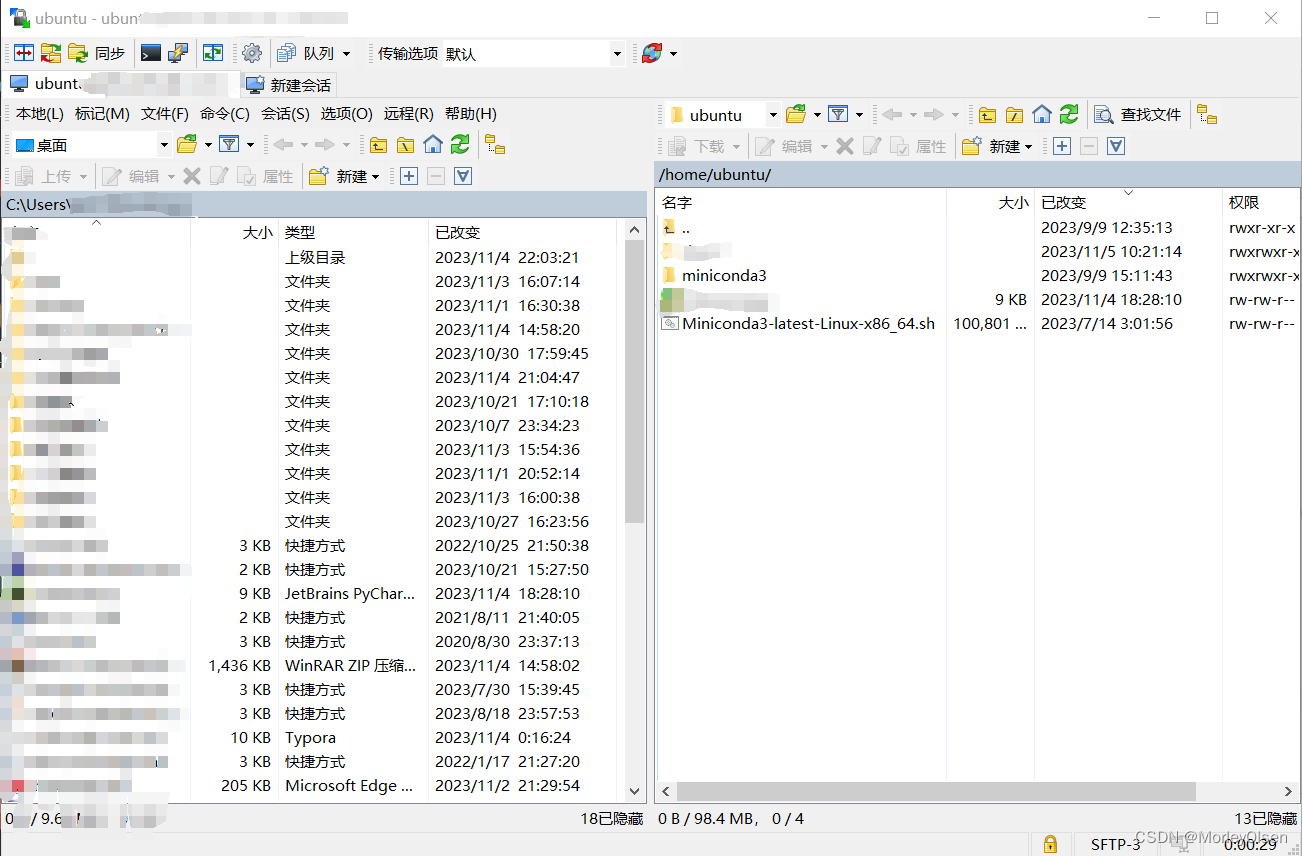文章目录
- 第七章
-
- Random testing
- Serial Blocks
- Parallel Blocks
- 如何创建 reliability 的 Block digrams
- markov model
- 如何根据系统来构建马尔科夫计算模型
- software reliability growth
-
- basic execution time model
-
- 观察 failure
- 操作概要(operational profiles)
- Time
- 理解 reliablity growth
- 回看 basic execution time model 并细致计算
-
- 三个假设
- 分别计算 failure intensity, total failure,
- 选择 failure objective
- 估计 estimate 模型的参数
-
- 最小二乘法 (Least Squares Estimators)
第七章
Failure 种类:
- Transient Failure – In this case the program gives and incorrect result, but the program continues to execute. 程序给出了一个错误的结果,但程序继续执行。
- Hard Failure – In this case the program crashes (stack overrun, heap overrun, broken thread). 程序崩溃(堆栈溢出、堆溢出、线程中断)。
- Cascaded Failure – In this case the program crashes and takes down other programs. 程序崩溃并拖垮其他程序。
- Catastrophic Failure – In this case the program crashes and takes down the operating system or the entire system; a total system failure 程序崩溃并导致操作系统或整个系统崩溃;完全的系统故障。
不同阶段为了可靠性的手段
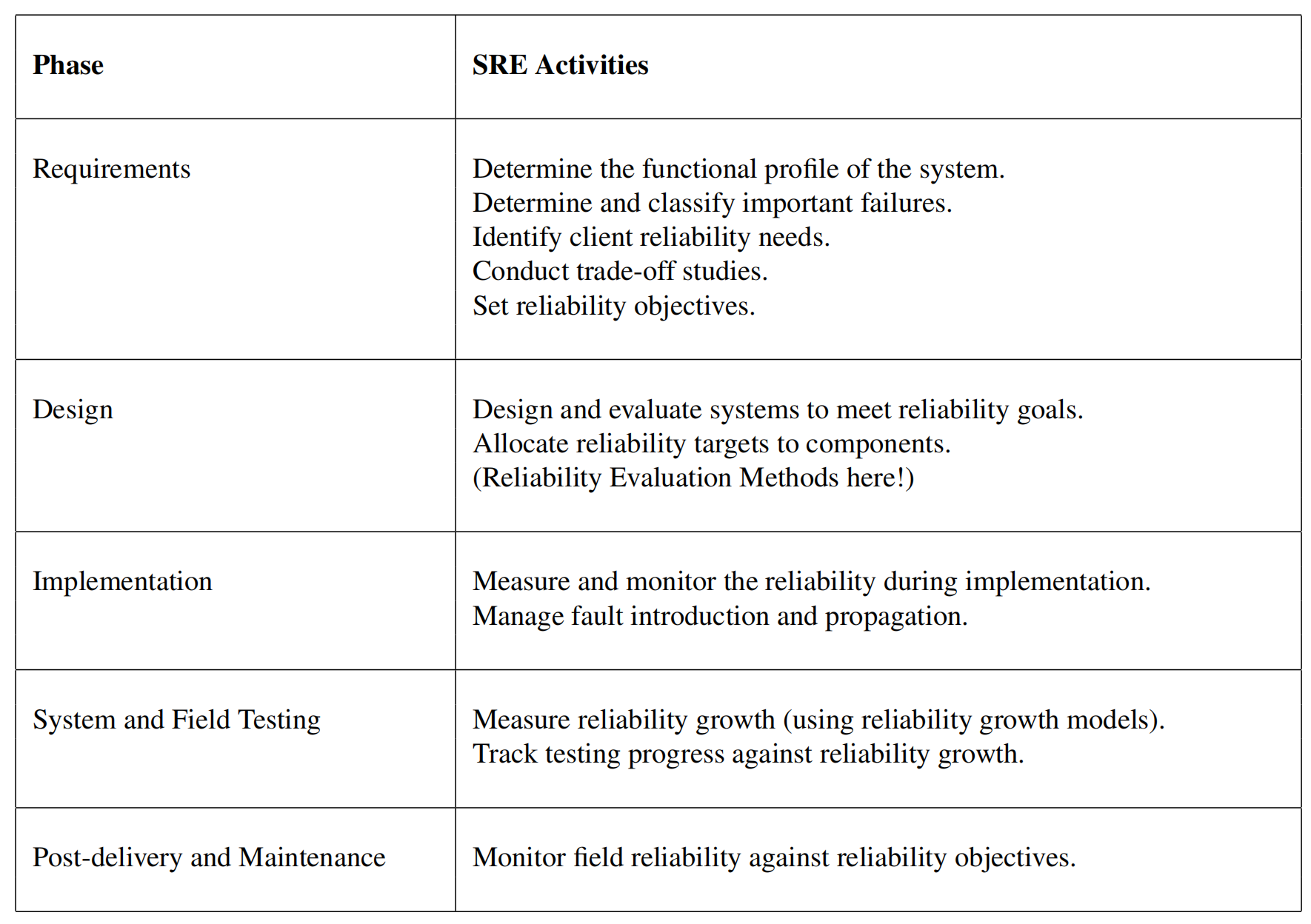
Random testing
- test inputs are chosen with a particular distribution over the input domain that somehow reflects the actual usage of the program.
Serial Blocks

- 成功概率:

- 失败概率:


Parallel Blocks
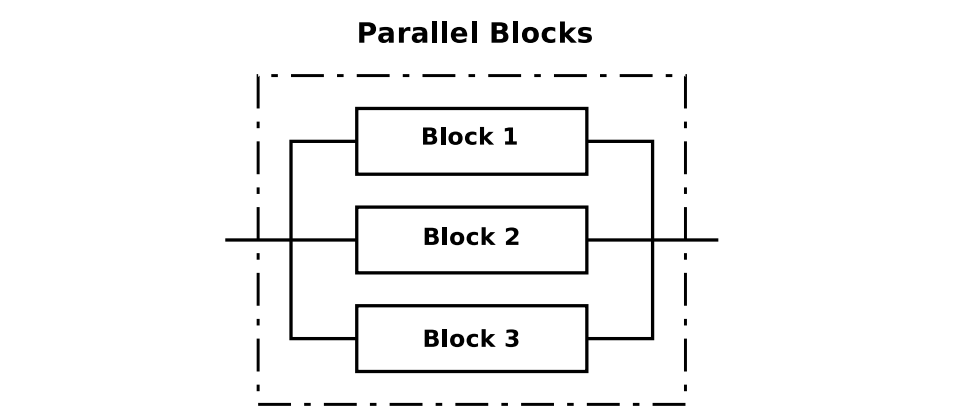
- 失败概率:

- 成功概率:
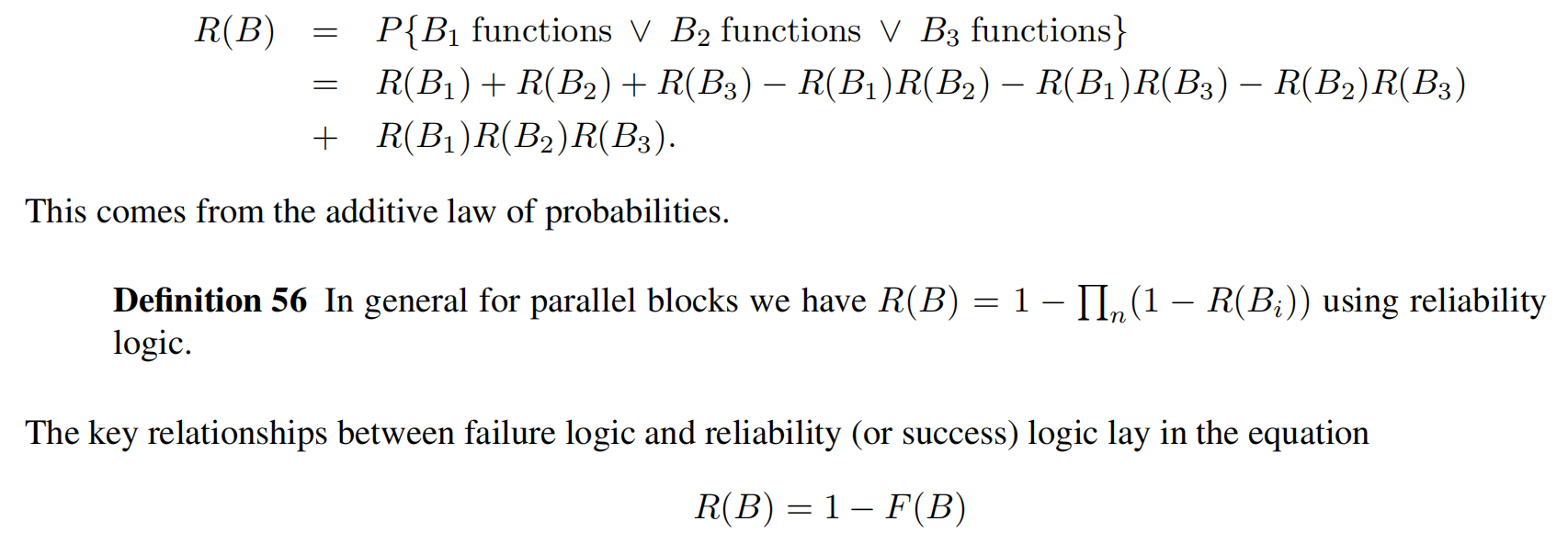
如何创建 reliability 的 Block digrams
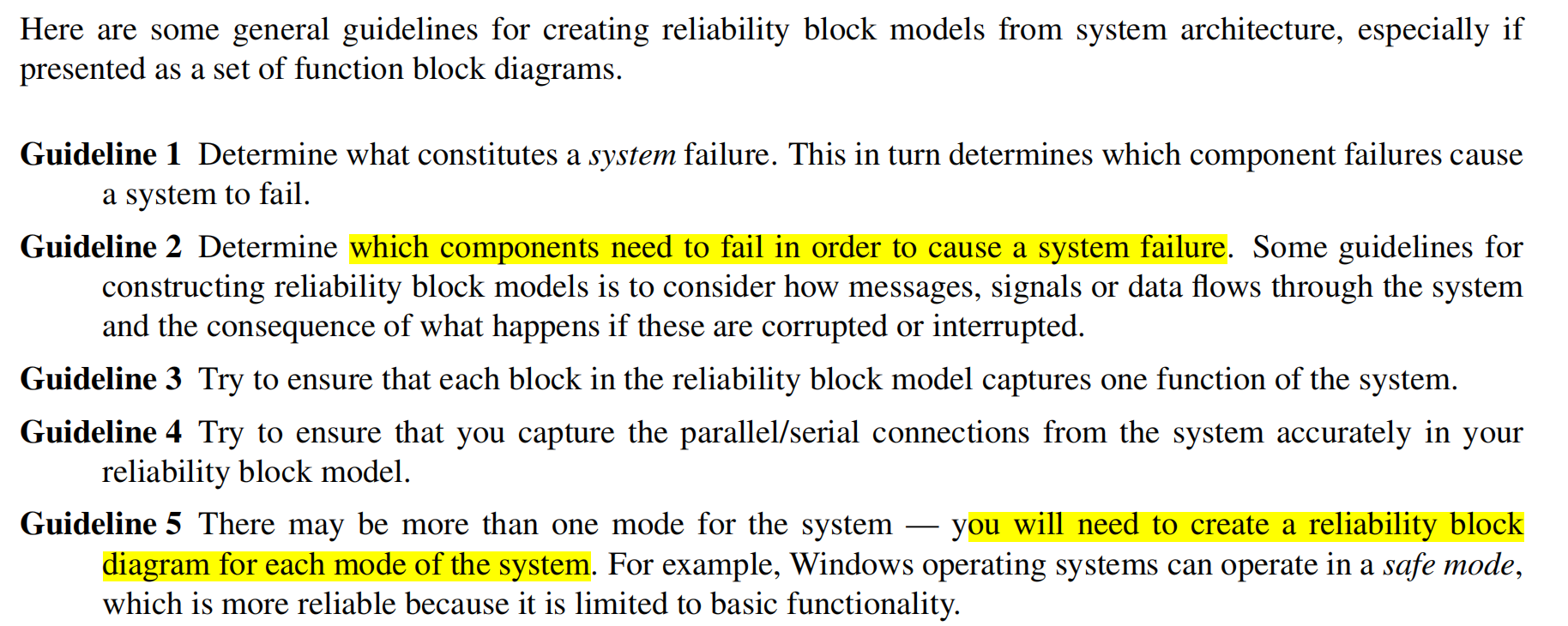
markov model
- 使用马尔科夫模型的原因是: we want to explore how the reliability of systems evolves over time.

- 算 T 秒之后某个 state 的概率,如果是独立的就是行列式计算


-
马尔科夫性质:The Markov property means that, at any state of the process, the future states of the process are dependent only on that state 马尔可夫性质意味着,在过程的任何状态下,该过程的未来状态仅依赖于该状态。
-
用公式表示为:

- homogeneous (均匀)and in-homogeneous(非均匀) Markov models。如果状态转移矩阵任何时候都不变,那么这个马尔科夫模型就是均匀的

-
按照均匀的马尔科夫模型,如果想计算 n 个时间步骤之后的状态,可以通过如下公式;其中 M n M^n Mn 是 n 个 M 行列式计算
-
并且通常在开始的时候还会制定一个初始的向量 α \alpha α;所以最终 n 个 step 之后的结果可以表示为:

如何根据系统来构建马尔科夫计算模型

- 确定系统的马尔可夫状态。马尔可夫状态需要与系统状态或任何单个组件的状态区分开来。
- 计算马尔可夫状态之间的转移概率,并据此推导系统的转移矩阵。
- 确定感兴趣的时间范围并计算n步转移概率。
上述的每个device 都有 functioning 和 failed 两种状态
- 分别用 S A , S B , S C S_A, S_B, S_C




